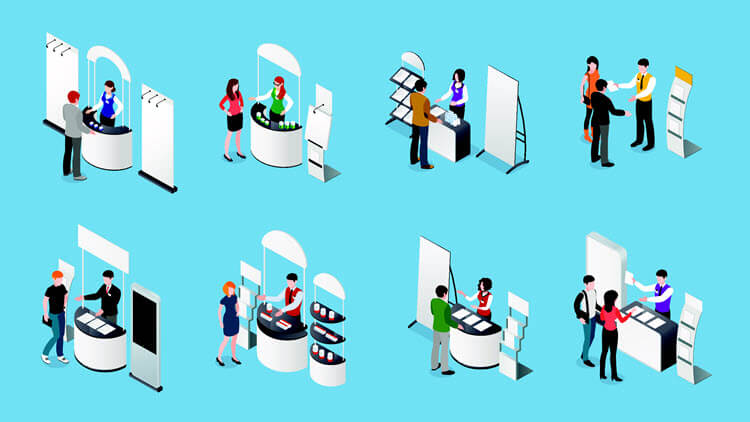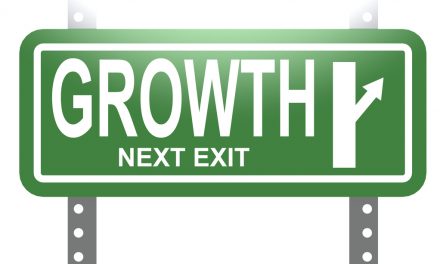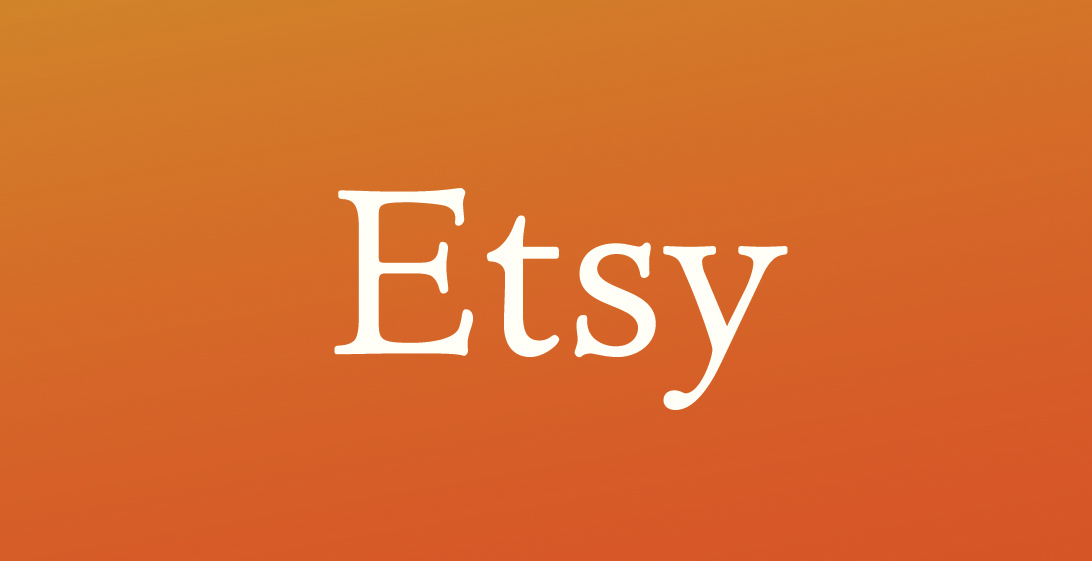It’s very easy to utilize Facebook, Instagram, and Twitter and start to believe that email marketing is old-school and unnecessary. But it offers several critical features that social media does not. The message reaches your customer’s device every time and stays there until they take action. Facebook is a waterfall; email marketing is a lake.
Small businesses that don’t employ email are missing out on perhaps their best opportunity to reach their customers, at precisely the right time, with precisely the right message. But it can also be a slippery slope and take more time than it’s worth. To ensure this doesn’t wind up being wasted effort, let’s look at what business owners need to know and what they should avoid.
1. Set Simple and Realistic Goals
The primary goal of an email-marketing program is to let your customers know about your events, new products, and discounts coming up in the next few weeks, and to provide customers with related and direct incentives to visit your store, website, or Facebook page.
Debbie Frank of The Quilting Niche LLC in Houma, Louisiana, www.quiltingniche.com, who has successfully launched an email newsletter program, summarized her goal: “To get customers aware of merchandise in store and of classes that we offer.”
If you have a goal that simple, your email newsletter program can be that simple. Create a goal for yourself as straightforward as this: What are the three most-important things you’d like your customers to know about in the next three weeks? There’s your goal, and there’s your newsletter outline.
2. Start slow
Newbies often start email marketing with the intention of sending weekly newsletters. That might be achievable and maintainable once you develop a process, but it’s more likely you’ll burn yourself out. It’s better to start slowly and not be intimidated by your own deadlines. You might find that it’s so easy and beneficial that you want to try twice per month, but let yourself decide that later.
3. Include calls to action
Tell them something they don’t know, give them something they don’t have, and make the email a reason to visit your website or call you. In email-marketing lingo, prompting customers to respond is called creating a call to action, or CTA. Put into practice, we’ll use our three-topic template.
- Generic Version: I have a new line of Christmas ornaments.
- CTA Version: My new limited-edition, handcrafted Christmas ornaments are almost gone. Call today to reserve one of the final seven!
- Generic Version: Black Friday through Cyber Monday is my special sale.
- CTA Version: Here’s a 25 percent coupon good Friday through Monday only. Copy this coupon picture to your phone and meet me at the show this weekend.
- Generic Version: We’ll be open more hours from Black Friday through December 23!
- CTA Version: Here are our new hours for the holiday season. Find an hour that works for you and schedule a visit to our store on your phone right now.
4. Capture interest areas
This might be a bit difficult to use until you learn how to run your email program a little better, but it’s something to keep in mind. During email-acquisition, capture a few bits of information about the customer, i.e. whether this is a local or seasonal customer, a regular customer or first-time visitor, and (if possible) what types of products they’re interested in.
Just keep this in mind: if you have a chance to make a note of what kind of customer this is, get that into some kind of a system while you’re entering that person’s email into your customer file. You will likely use this information later to customize the email marketing for that person. It does little good, for instance, to email a coupon to a seasonal customer who’s back home, six hours away, and who you won’t see until next April when the lake thaws. You’re more likely to get an “unsubscribe” than a sale.
5. Monitor success
Monitoring success seems obvious, but many email newbies can’t do it because tracking devices aren’t built into the email itself. As with any advertising, if there’s no unique coupon or offer involved, you won’t necessarily know what drove the customer to call or visit. So always include a unique coupon or offer. Over time you can compare the emailed-coupon results against your print-ad and social-post coupons and adjust your marketing time accordingly.
6. Be consistent
This refers to frequency, design, and content. Especially after you’ve tested and have an idea for what your customers respond to, keep the design, tone, and content consistent over time. If your customers expect one coupon per month emailed on the first Monday of the month, and if it works to send a certain type of offer, don’t stray from that delivery date or content choice. It also means staying true to your brand. If you’re not a huge discounter, you shouldn’t suddenly become one via a huge-percentage coupon just because you’re sending out email marketing. Email marketing is a reminder to your audience about what you’re about.
To read full article and see what the experts at GoDaddy and Rain POS had to say visit http://handmade-business.com/handmade-business-october-2018/







